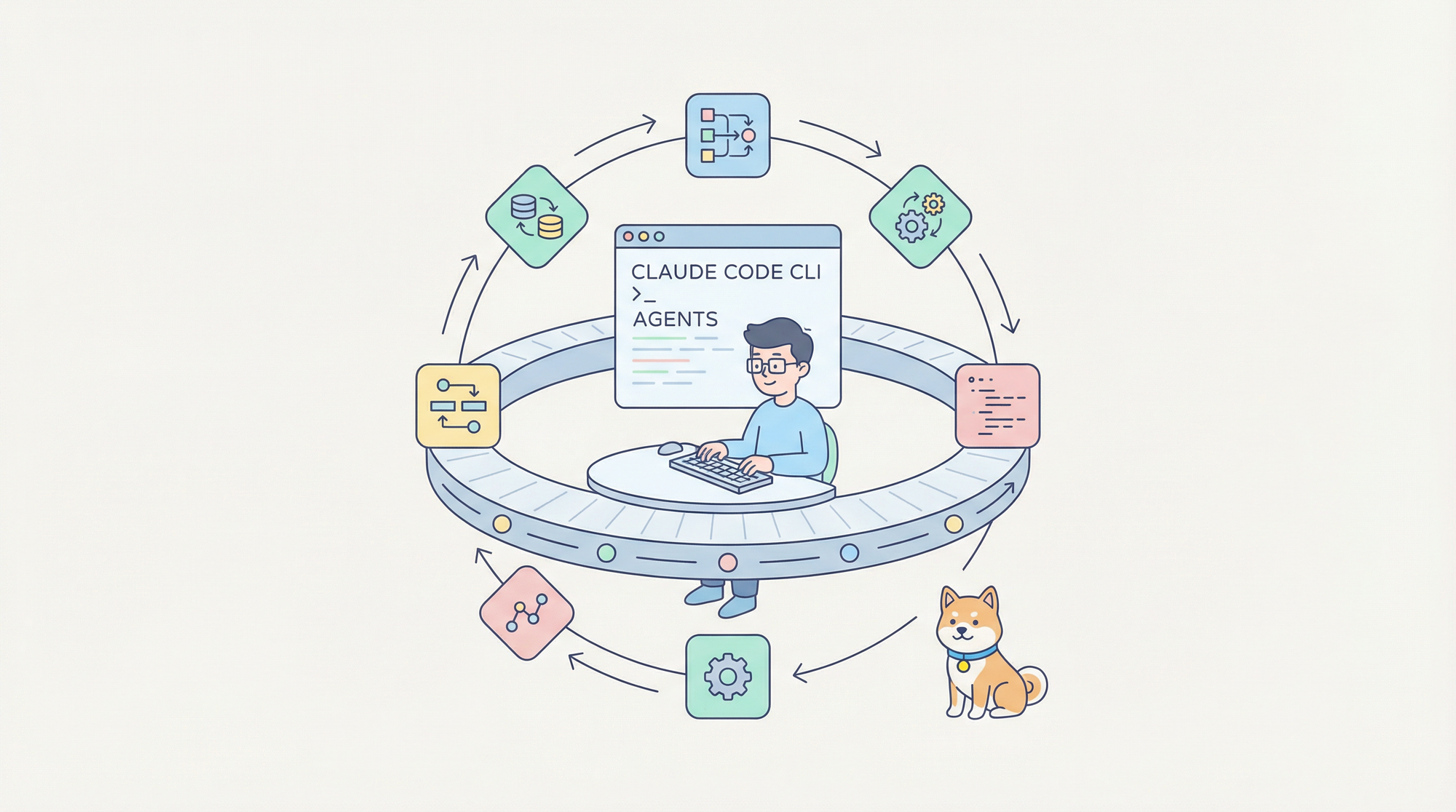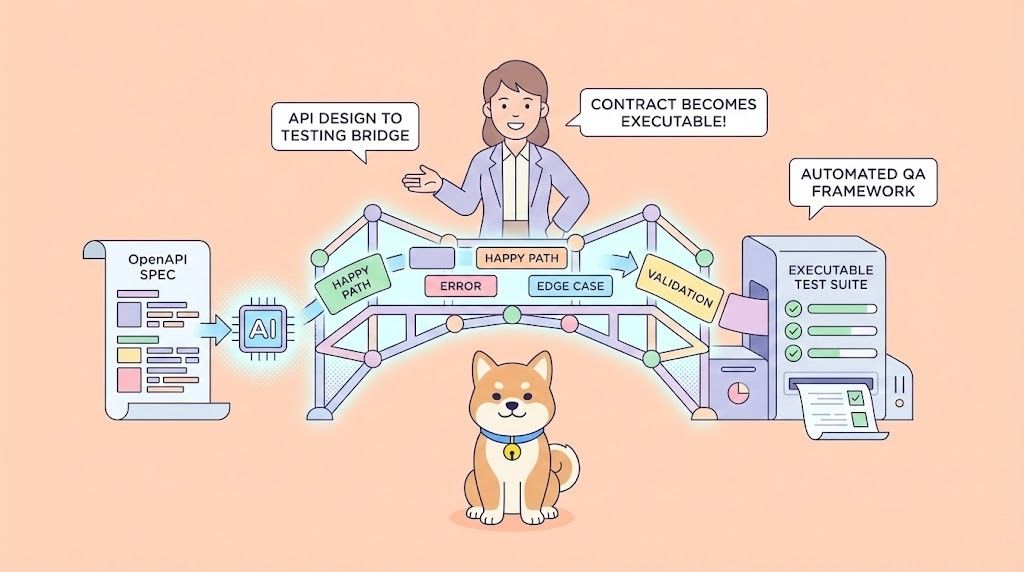In the realm of web development, the choice between Long Polling and WebSocket can significantly impact the functionality and user experience of an application. These two methods, while serving a similar purpose of enabling client-server communication, differ markedly in their approach and efficiency. Let's explore these differences in more detail, along with a comprehensive comparison table to clarify their distinct features.
Click the "Download" button now and take your API performance to the next level!
In-Depth Analysis
Long Polling:
Long Polling is an enhanced version of the classic polling technique. It involves the client sending a request to the server, which holds the request open until new data is available. This reduces unnecessary data transfers and server load compared to traditional polling, where the client repeatedly requests information at regular intervals, regardless of whether new data is available.

Example: Implementing Long Polling in JavaScript
function poll() {
const xhr = new XMLHttpRequest();
xhr.onreadystatechange = function() {
if (xhr.readyState === XMLHttpRequest.DONE) {
if (xhr.status === 200) {
// Process the server's response here
console.log("Data received:", xhr.responseText);
}
// Issue a new polling request
poll();
}
};
xhr.open("GET", "https://example.com/data", true);
xhr.send();
}
// Initial call to start the polling process
poll();
In this example, a JavaScript function poll() is defined as sending a GET request to the server. The server holds this request open until new data is ready. When data is received, the client logs the response and immediately initiates another request, creating a continuous polling cycle.
WebSocket:
WebSocket, in contrast, establishes a persistent, full-duplex communication channel over a single connection. This means that data can be sent from client to server and vice versa independently and simultaneously, without the need for multiple requests or waiting for a response. WebSocket provides a more efficient way of transferring data in real-time, ideal for applications that require immediate updates, such as live streaming or online gaming.

Example: Setting Up a WebSocket Connection in JavaScript
const socket = new WebSocket('wss://example.com/socket');
// Connection opened
socket.addEventListener('open', function (event) {
socket.send('Hello Server!');
});
// Listen for messages
socket.addEventListener('message', function (event) {
console.log('Message from server:', event.data);
});
Here, a WebSocket connection is created to a server. The client listens for the 'open' event to send a message to the server and sets up a listener for incoming messages from the server.
Key Differences: Long Polling vs WebSocket
Communication Model:
- Long Polling: Operates on a request-response model, where the server responds to client requests sequentially.
- WebSocket: Provides a bidirectional communication channel, allowing simultaneous data exchange.
Connection Overhead:
- Long Polling: Requires a new connection for each data exchange cycle, leading to higher overhead.
- WebSocket: Maintains a single persistent connection, significantly reducing overhead.
Real-Time Capability:
- Long Polling: Offers near real-time communication but with inherent latency due to the request-response cycle.
- WebSocket: Enables true real-time communication with minimal latency.
Resource Utilization:
- Long Polling: This can be resource-intensive due to frequent opening and closing of connections.
- WebSocket: More efficient in resource utilization due to the persistent nature of the connection.
Complexity and Support:
- Long Polling: Simpler to implement and widely supported across various browsers, including older ones.
- WebSocket: Requires a more complex setup and is primarily supported by modern browsers.
Use Cases:
- Long Polling: Suitable for applications where updates are not required instantaneously, such as periodic notifications.
- WebSocket: Ideal for applications demanding instant updates, like chat applications or online multiplayer games.
Comprehensive Comparison Table:
Long Polling vs WebSocket
| Feature | Long Polling | WebSocket |
|---|---|---|
| Communication | Sequential request-response | Bidirectional, simultaneous communication |
| Connection | Multiple, transient connections | Single, persistent connection |
| Data Transfer | Delayed, server waits to respond | Instant, real-time data transfer |
| Resource Use | Higher, due to frequent connections | Lower, single-connection |
| Complexity | Easier to implement, more requests | More complex, efficient data exchange |
| Browser Support | Broader, including older browsers | Limited, mainly modern browsers |
| Use Cases | Non-real-time applications | Real-time applications |
| Scalability | Less scalable, frequent connections | More scalable, fewer connections |
| Latency | Higher, request-response nature | Lower, continuous connection |
Why Choose Apidog for WebSocket API Testing?
In the fast-paced world of web development, WebSocket APIs are revolutionizing real-time communication. However, testing these APIs can be a complex task. Apidog emerges as a powerful solution, streamlining this process with its suite of specialized features. Let's dive into the reasons why Apidog stands out as the go-to tool for WebSocket API testing.

Key Advantages of Using Apidog
- User-Friendly Interface: Apidog demystifies WebSocket testing with an intuitive, easy-to-navigate interface, making it accessible for both novices and experienced developers.
- Real-Time Interaction Simulation: Critical for WebSocket APIs, Apidog effectively simulates two-way communication, mirroring real-world scenarios to test the API's dynamic behavior.
- Comprehensive Debugging Tools: The platform offers robust debugging capabilities, essential for identifying and resolving complex issues within WebSocket communication.
- Performance Testing Capabilities: Apidog allows you to evaluate the performance of your WebSocket API under various stress conditions, ensuring reliability and responsiveness.
- Collaboration Features: Facilitating teamwork, Apidog supports collaborative testing environments, enabling teams to share tests and insights efficiently.
- Seamless Integration: It integrates smoothly with other development tools, enhancing the workflow and ensuring a more streamlined testing process.
Conclusion
The decision to use Long Polling or WebSocket depends on the specific needs and constraints of your project. Consider factors like the nature of the data exchange, real-time requirements, resource limitations, and browser compatibility when making your choice. By aligning these key differences with your application's needs, you can ensure a more efficient, responsive, and user-friendly experience.



